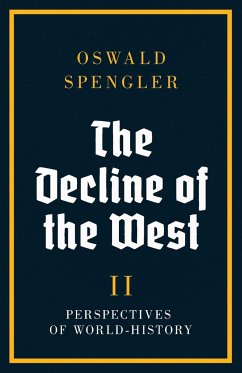
Social coercion in Russia and in the West
TYPES OF SOCIAL COERCION IN RUSSIA AND IN THE WEST: COMPARATIVE SOCIAL AND PHILOSOPHICAL RESEARCH
Versandkostenfrei!
Versandfertig in 1-2 Wochen
52,99 €
inkl. MwSt.

PAYBACK Punkte
26 °P sammeln!
In public systems at the present stage, the channels of social influence are conditioned by specific social practices. One such channel is social coercion, which performs the functions of social integration, mobilization, regulation, protection of social interests and ensuring social security in society. Various types and technologies of social coercion are widely used both in Russia and in the West as a regulation of social relations, but with different degrees and results. The problems stated by the author in the book are relevant due to the fact that in Russia and in the West, on the one ha...
In public systems at the present stage, the channels of social influence are conditioned by specific social practices. One such channel is social coercion, which performs the functions of social integration, mobilization, regulation, protection of social interests and ensuring social security in society. Various types and technologies of social coercion are widely used both in Russia and in the West as a regulation of social relations, but with different degrees and results. The problems stated by the author in the book are relevant due to the fact that in Russia and in the West, on the one hand, the technologies of social coercion, which are typical for sociocentrist, anthropocentrist and innovative societies, are preserved. On the other hand, both in Russia and in the West - in Russia it is slower, in the West it is faster - society is gradually moving from coercion to technologies of persuasion, from repression to cooperation, from hierarchy to networks of horizontal connections.Translated with www.DeepL.com/Translator (free version)












